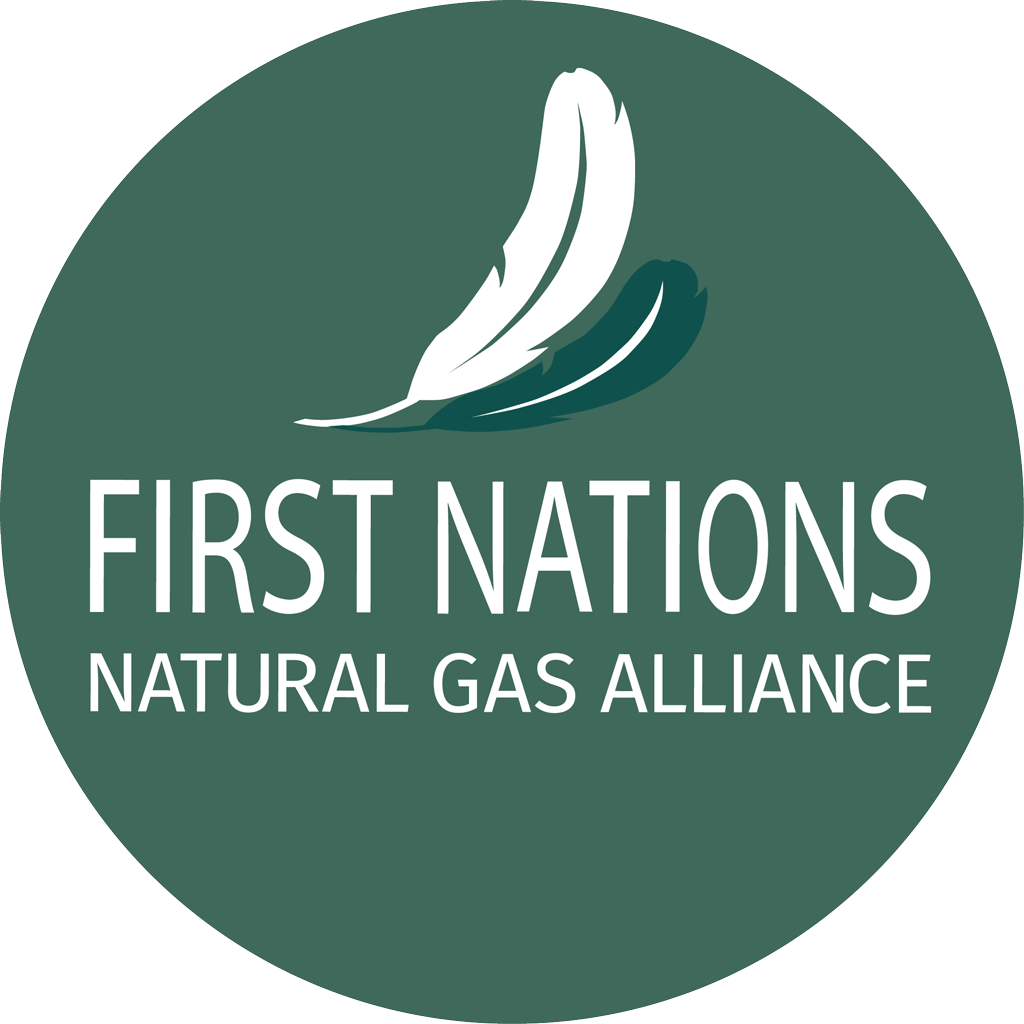U.S. president Theodore Roosevelt called his position at the White House a “bully pulpit” (i.e., a good pulpit) from which to speak out on issues.
Now the Oval Office is, rather, a pulpit for a bully, who in the name of Make America Great Again, is threatening the economy of Canada and, incidentally, the pockets of Americans who voted for him.
While Canada wrestles with what to do about Donald Trump’s threatened 25% tariffs on imports from Canada, it needs to remember that Trump is a bully.
What else would you call a U.S. president who, when Columbia refused to accept two planeloads of deported migrants who were handcuffed on incoming U.S. military flights, slapped an immediate 25% tariff on Columbian imports, then threatened to make that 50% in a week, and also threatened to restrict visas. Columbia was thus forced to accept the deportees.
Trump apparently does not accept that, for one, Canada’s energy exports to the U.S. are good for the U.S. as well as Canada (his proposed “51st state”).
From his most recent pulpit, at the World Economic Forum in Switzerland, Trump (typically) cited numbers that are all wrong.
He said the U.S. has a trade deficit with Canada of $200 billion or $250 billion (U.S. dollars). But his own government says the U.S. goods and services trade deficit with Canada was about US$40.6 billion in 2023.
If you specify trade in only goods, and ignore services, the U.S. deficit with Canada was about US$72.3 billion in 2023. That’s still nowhere near Trump’s $200 billion or $250 billion.
Trump now has said several times, strangely, that America doesn’t need Canadian oil. But about 60% of U.S. crude oil imports come from Canada. That means nearly a quarter of the oil America consumes every day comes from north of the border.
Those imports are of comparatively cheap Canadian oil, which helps America keep its gasoline and diesel prices down, and feeds U.S. refineries that are explicitly designed to process such heavy oil.
Trump has yet to explain how he can keep his 2024 promise to cut U.S. energy costs by 50%, while increasing the cost of his oil and his big natural-gas imports from Canada by 25%.
Canada is wrestling with how to respond if Trump’s tariffs happen: There’s been talk of retaliatory tariffs amounting to $200 billion and BC premier David Eby, for one, has proposed we should stop travelling to the U.S. and should bar imports of U.S. booze.
We look in a more positive direction: Let’s boost our own economy so as to reduce reliance on America.
Trump has spoken of implementing his 25% tariffs on February 1. If he does it then or later, or penalizes Canada in some other way, what we need now is a national summit — including real Indigenous representation — to come up with a truly national plan.
That clearly should absolutely look at enabling and speeding up exports to Asia.
That goal is one reason why our Alliance CEO, Karen Ogen, is in Japan today with the trade mission of Energy for a Secure Future (ESF).
It’s led by Shannon Joseph, chair of the ESF coalition, who says Canada is in a position to expand its exports beyond LNG Canada, the BC LNG-export plant that will come online in just a few months.
She says geographical diversification of LNG supplies remains crucial to importing countries such as Japan, which imports roughly 90% of its primary energy and (after China) is the world’s second largest importer of LNG.
Add China and Korea and Taiwan to the list, and Joseph says: “It’s still important for these countries not to put all their eggs in the American basket.”
There are seven LNG-export projects at various stages of development or red tape in Canada. They include LNG Canada (which will begin export shipments in a few months), Woodfibre LNG (in which the Squamish Nation is a partner and regulator), the Haisla Nation’s Cedar LNG project and the Nisga’a Nation’s Ksi Lisims LNG plan. As we say, Canadian LNG is Indigenous LNG.
The seven projects could produce some 50 million tonnes a year of LNG for export. Now we need governments to help speed up these projects — and then to get out of their way.
And we need those governments to ensure that Indigenous Peoples are fully involved, all the way, as partners, as they will be disproportionately damaged by Trumponomics.
National Chief Cindy Woodhouse Nepinak, Inuit Tapiriit Kanatami President Natan Obed and Métis National Council President Victoria Pruden made that proposal last week in a meeting with Prime Minister Trudeau. But the premiers then declined to allow them to attend the premiers’ meeting that followed.
As Obed complained: “If we’re trying to unite against an external threat, the idea that provinces, territories and the federal government are the sum total of governance in this country is just an outdated and wrong-headed approach.”
Energy commentator William Lacey says of Trump’s approach: “The biggest lesson from all this is that Canada must find a way to diversify its trade, especially when it comes to energy. We need to build more pipelines, we need to diversify our customer base, and we need to start acting like a country that is looking out for us all, not just our own self-interest.”
Yes, all such measures will take time to deliver, with investors nervous and Ottawa in disarray pending a Liberal leadership change, but the alternative is four years of Trump’s bullying and economic damage.

